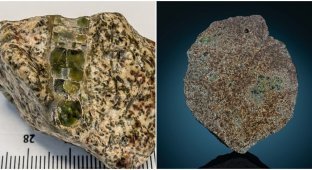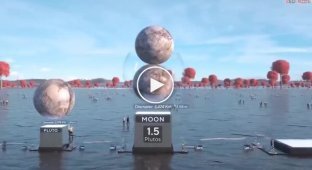The surface of one of the planets of the solar system may be covered with diamonds (4 photos)
I have some space news for you! Astronomers have discovered the richest planet in our dear Solar System. 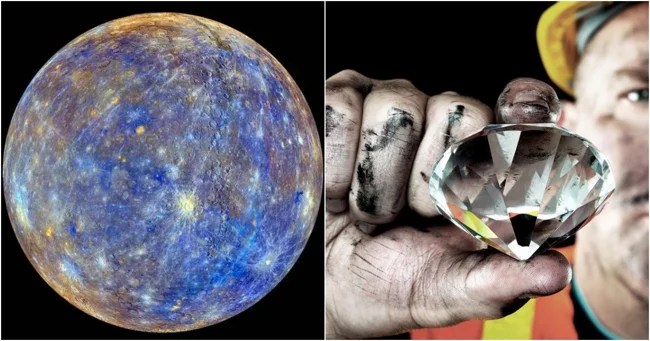
While we were here, in ignorance, going about our usual business, the NASA Messenger probe spent 11 years plowing through the vast expanses of nearby space. Thanks to its travels, it became clear that the smallest and closest planet in the Solar System hides a big secret. All the time it was photographing Mercury from different angles, gradually compiling its map. Thanks to this, scientists have discovered deposits of water ice in the shadows at the poles and collected important data on the planet's geology and magnetic field.
Mercury has always attracted the attention of scientists because it has unique characteristics that distinguish it from other planets in the solar system. These include a very dark surface, an unusually dense core, and a premature end to volcanic activity.
Another mystery is the graphite patches on the surface of this tiny planet. They have led scientists to speculate that early in Mercury's history, a carbon-rich magma ocean existed here that rose to the surface, creating these graphite patches and giving the surface its dark hue. 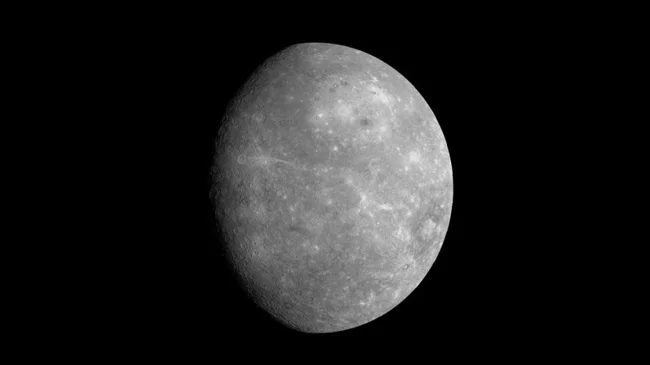
Mosaic of high-resolution images of Mercury taken by NASA's MESSENGER spacecraft
The team behind the discoveries believes that the spots are not graphene, as previously thought, but are made of a different, much more valuable carbon: diamond.
"We calculated that, given the new estimate of the pressure at the mantle-core boundary, and knowing that Mercury is a carbon-rich planet, the carbon-containing mineral that would form at the mantle-core boundary is diamond, not graphite," said team member Olivier Namur, an associate professor at the KU Leuven. 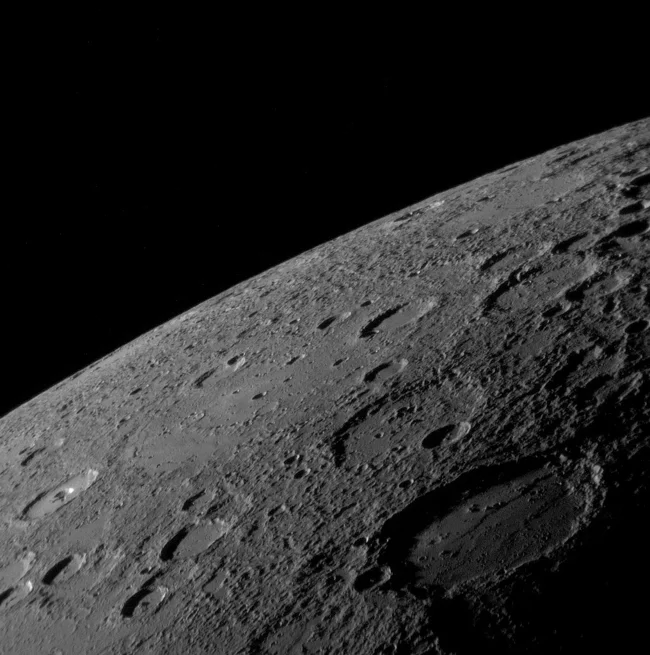
As the MESSENGER spacecraft approached Mercury for its historic first flyby, it captured this image of the sunlit portion of the planet.
Scientists have discovered that when Mercury formed about 4.5 billion years ago, the planet's core was entirely liquid, gradually crystallizing over time. The exact nature of the solid phases that formed in the inner core is currently not well known, but the team believes that these phases must have been low in carbon, or "carbon-poor."
"The liquid core contained some carbon before crystallization; crystallization thus leads to enrichment of carbon in the residual melt," the scientist noted. "At some point, the solubility threshold is reached, that is, the liquid cannot dissolve more carbon, and a diamond is formed."
The cost of 1 gram of the gemstone is currently about $70-80 thousand (₽6.5 million), and there, according to scientists, the diamond layer is 16 km.












